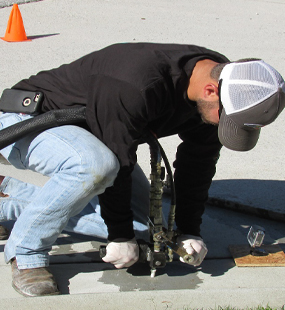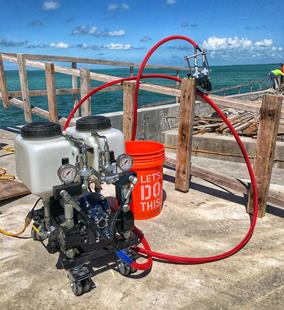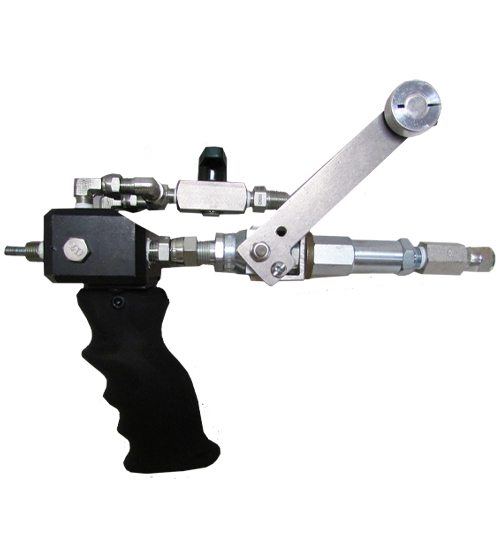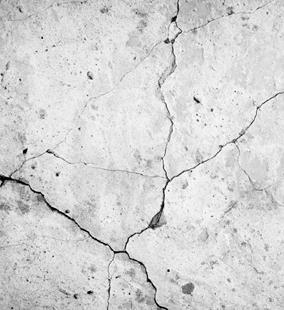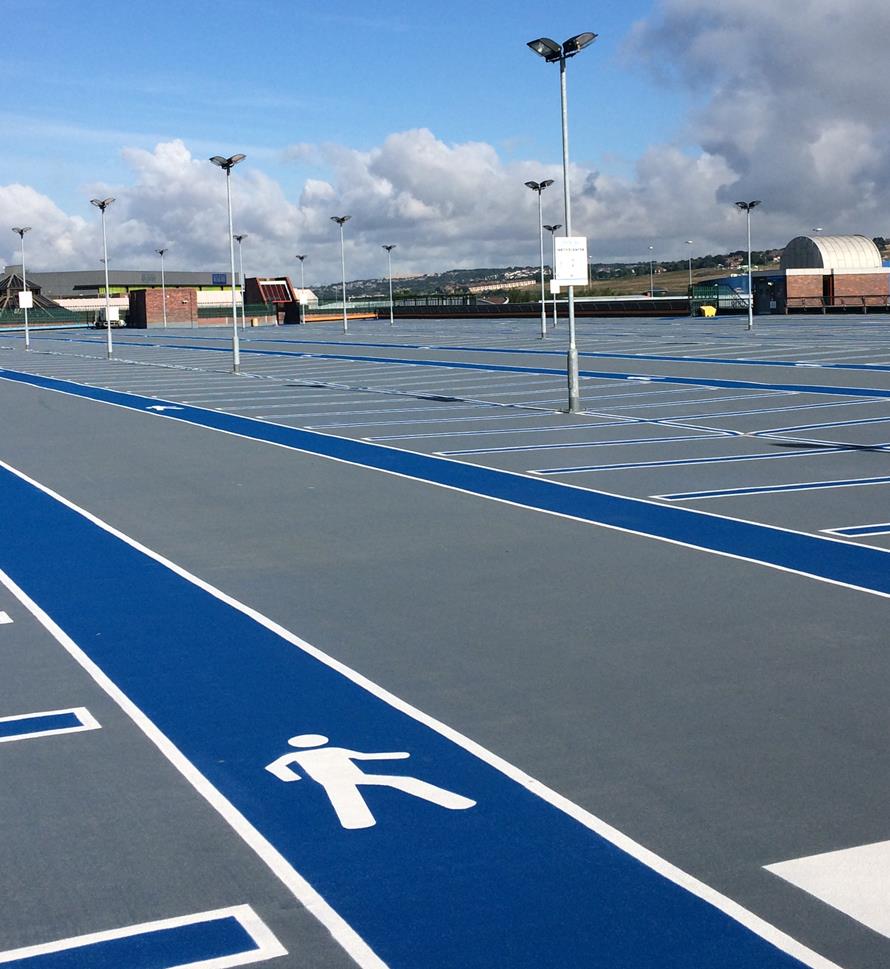
- Home
-
Solutions
-
Leak Seal
Seal leaks in concrete or masonry with crack injection and curtain grouting of our Prime Flex polyurethanes and AR acrylate resins. Prime Resins offers superior solutions for stopping leaks in every type of environment.
Read More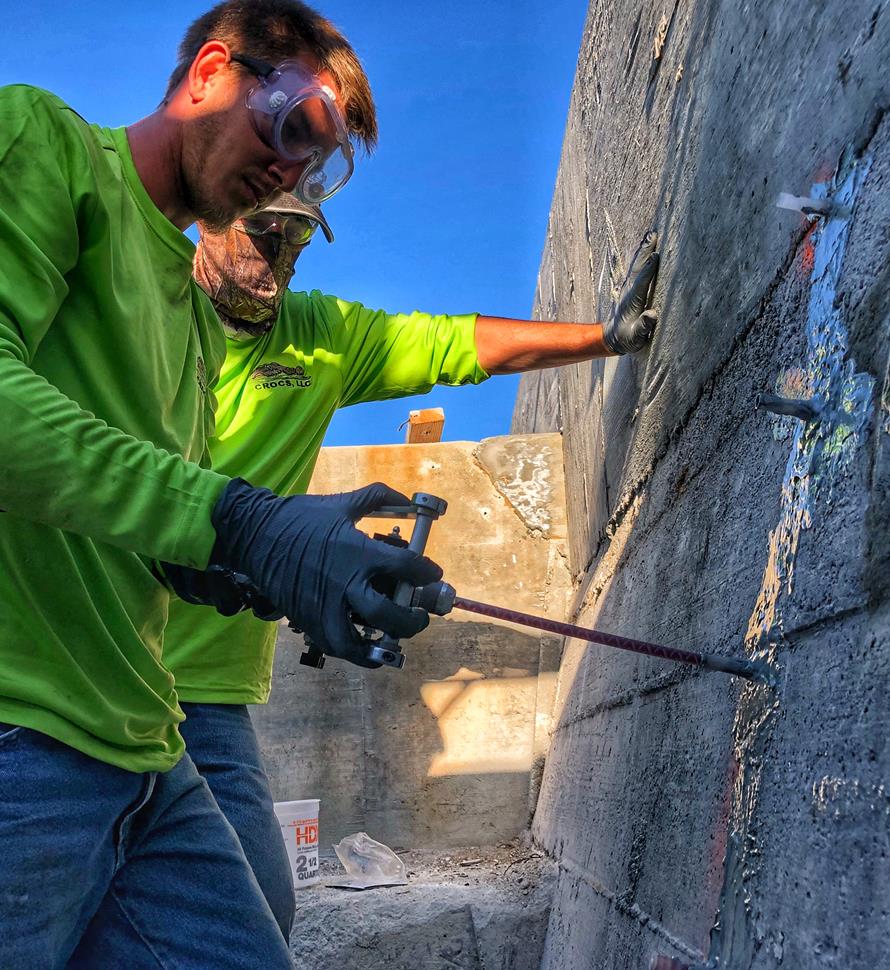
-
Soil Stabilization
Sound concrete relies on a sound substrate. Stabilize soils and fill voids with our polyurethane and acrylate foams and gels. We make chemical grouts for permeation and compaction grouting in wet and dry conditions.
Read More
-
Slab Lifting & Stabilization
Slab lifting and slab stabilization with polyurethane foams offers many advantages over traditional mudjacking. Only Precision Lift is engineered to tackle underlying issues and slab lifting with precise, dependable results.
Read More
-
Floor Repair & Joint Protection
Spalled concrete is concrete that is chipped, cracked and deteriorating. This often happens at a joint.
Read More
-
Seawall Repair
You can repair a seawall or bulkhead with Prime Resins chemical grouts: fill voids, stabilize loose soil and seal leaks at a fraction of the cost of wall replacement.
Read More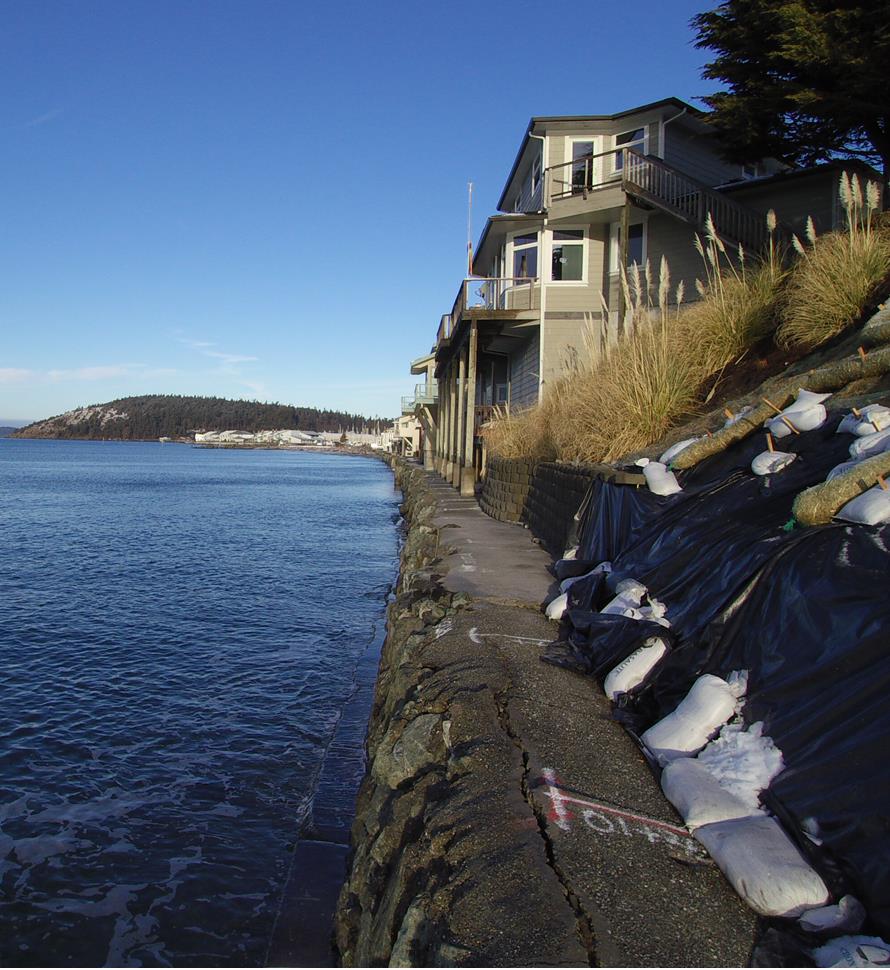
-
Structural Repair / Bonding & Anchoring
The need for crack repair in concrete structures can be caused by many different factors. Damage can occur to the concrete in situations where direct impact puts stress on one area of the structure.
Read More
-
Highway & Bridge
The geotechnical needs of DOTs and other agencies responsible for roads and bridges are vast. Issues include: Culvert repair Soil stabilization Void filling Concrete slab lifting Sinkhole remediation Slope control Slough control in tunneling
Read More
-
Waterproofing & Secondary Containment
Protecting concrete usually means shielding it from the elements of nature or from harsh manmade chemicals. But it’s not just concrete that needs such protection. Corrugated metal pipe, steel surfaces, material hoppers, rail cars and masonry all can come in contact with corrosive or abrasive materials or harsh conditions.
Read More
-
Leak Seal
-
Products
-
Leak Repair
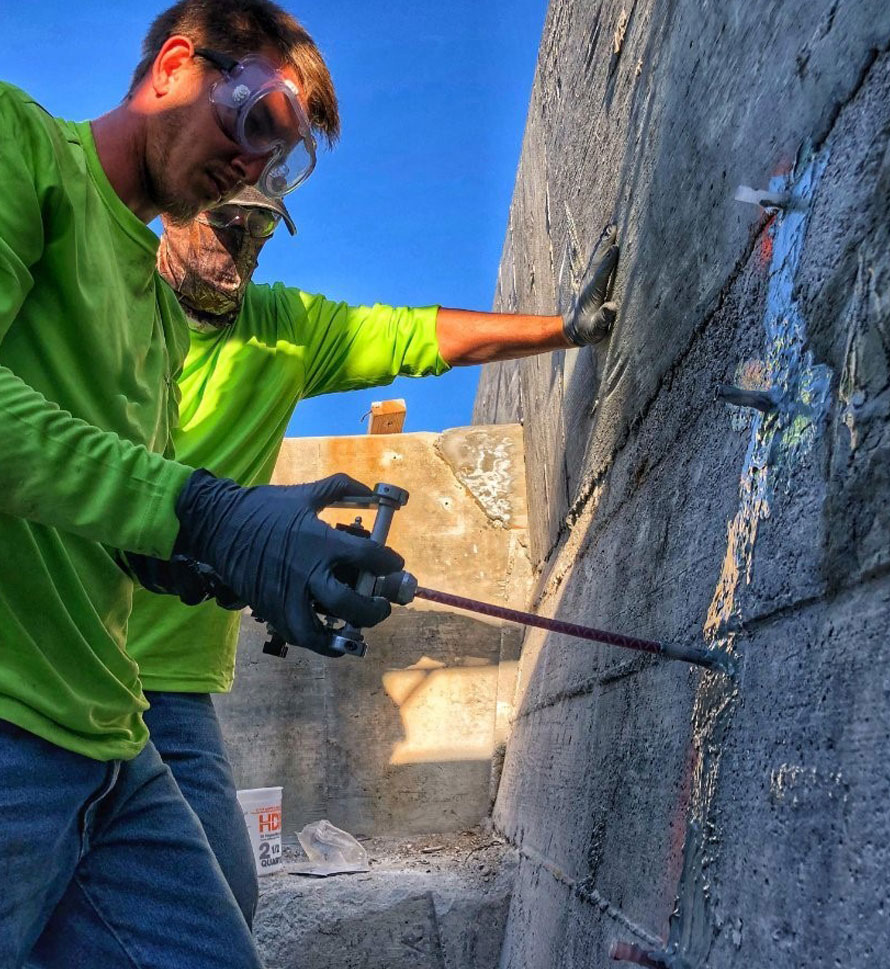
-
Soil Improvement
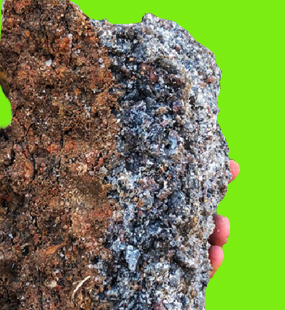
- Soil Stabilization
- Slab Lifting
- Structural Repair / Bonding & Anchoring
- Pumps
- Dispense Guns & Applicators
-
Turnkey Trailer Rig
Are you ready to hit the ground running doing concrete leveling with polyurethane foam? Prime Resins offers the industry’s best suite of products for lifting concrete as a turnkey, fully equipped trailer rig.
Read More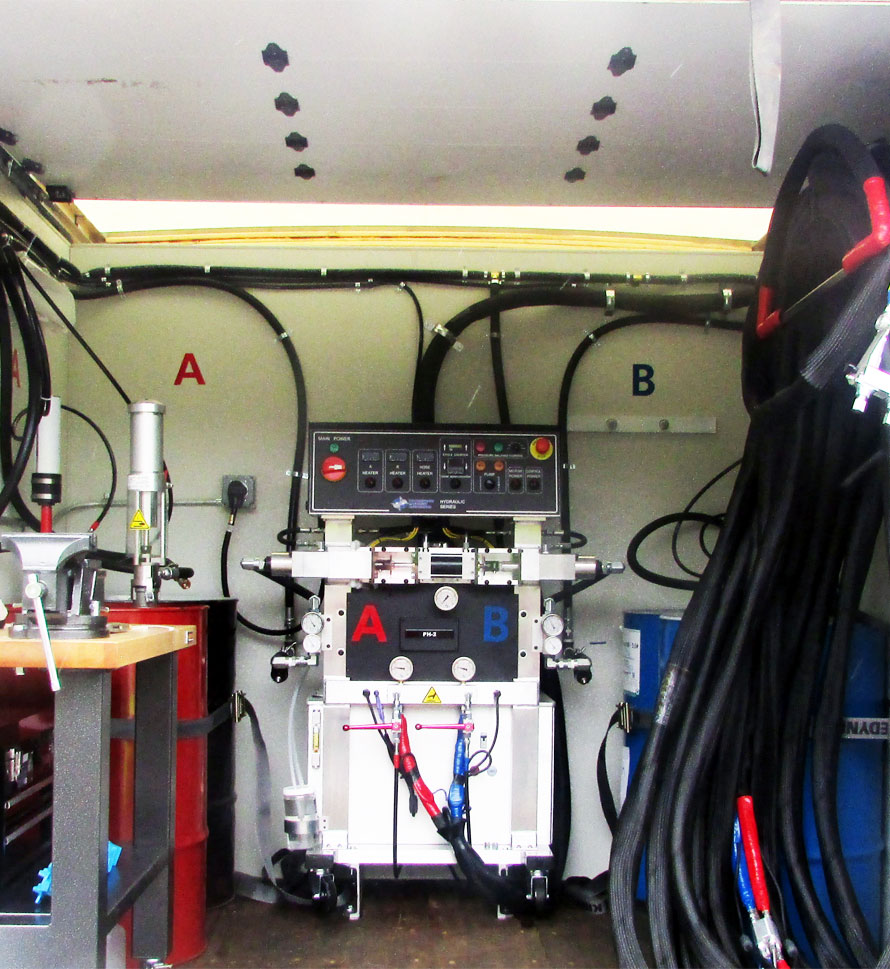
-
Accessories (General)
- 3/4" expendable drive point
- 3/8" and 3/4" soil probes
- Cartridge / Port Connectors and Mixers
- Conduit Seal Kit
- DM500 Divorced Mix Manifold
- Eco Flush
- F Valve
- Flush Wand
- Grout Needle Kit
- High Pressure Control Valve
- High Pressure Mechanical Ports
- Kick Fast
- Low Pressure Plastic Ports
- PR11 TEA (used w/ PR10 ACLM)
- PR12 APSF catalyst (used w/ PR10 ACLM)
- PR17 LYTX
- Prime Kat
- Prime Plug
- Prime Solvent CGC
- Oakum
- Soil pipe jack
- Stainless Steel Grout Needle & Kit
- StainShield
- Wall Stinger Nozzle
-
Soil Grouting Accessories
- Pipe Coupler
- Pipe Coupler Ferrule
- Buttonhead Coupler - Straight
- Buttonhead Fittings
- SG 3/4" Expendable Drive Tip
- SG 3/4 Rod - 39" Base
- SG 3/4 Rod - 39" Connector
- SG 3/4 Rod - 19.5" Base
- SG 3/4 Rod - 19.5" Connector
- SG 3/4 Fitting - Pipe to Buttonhead
- SG 3/4 Fitting - Buttonhead Fitting
- IL 1/2" Drive Point
- IL 1/2" rod - 39" base
- IL 1/2" rod - 39" connector
- IL 1/2" Fitting Buttonhead
- SG 3/4" Fitting - Buttonhead Coupler
- SG 3/4" Slotted Drive Tip
- SG 3/4 Drive Head
- Modified Pipe Jack Soil Grouting
- SG 3/4 Fitting - Buttonhead Coupler
- Pagani DPM30 Penetrometer
- IL 1/2" Fitting - Buttonhead to Connector Rod
- IL 1/2" Rod to Rod Coupler Fitting
- High Pressure Flow Control Valve
- Buttonhead Coupler - 90°
- Buttonhead Clamp Kit
- Floor & Joint Repair
- Waterproofing & Secondary Containment
-
Leak Repair
- News
- Downloads
-
Tools
-
Case Studies
Prime Resins takes pride in its ability to find the right solutions to the problems facing our customers. Here are some examples of customers’ successful jobs:
Read More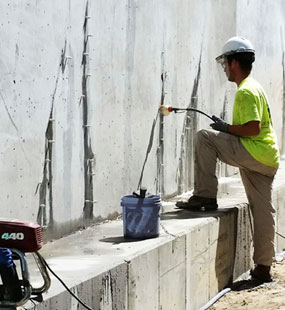
-
Prime Practices
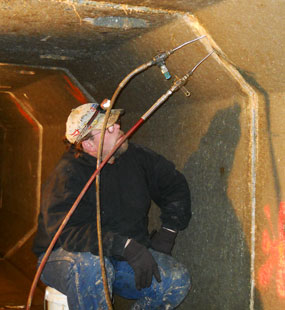
-
Videos

-
Estimating Tools & Info.

-
Why us?
The superior quality of products at a fair price, our consultative approach, and our unparalleled technical support set Prime Resins apart. Learn more about the Prime difference.
Read More
-
Product Types & Typical Uses
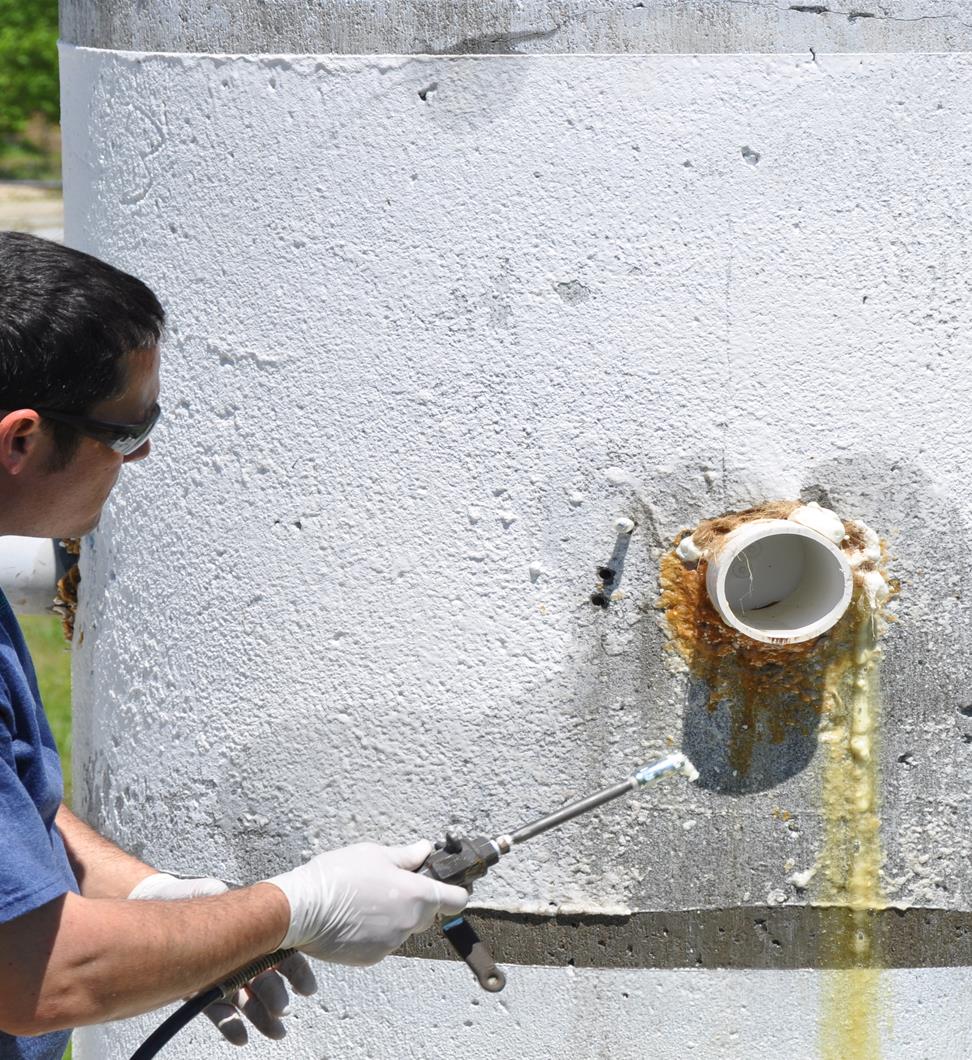
-
Looking for a contractor?
-
Certifications
-
Case Studies
- Contact
Case Studies- Leak Seal Pages
Innovative grouting approach solves groundwater infiltration
Client: A Fortune 50 company manufacturing campus in N. Charleston, S.C.
A major U.S. high-tech corporation has a full-service manufacturing campus in N. Charleston, S.C. Inside one of the campus facilities, a section of utility trench was experiencing groundwater infiltration.
The 12-feet-deep, 10-feet-wide trench is built with expansion joints, allowing for movement of the 26-inch thick floor and 18-inch thick walls of the trench to accommodate thermal movement, vibration and seismic activity. Imagine a three-sided box culvert with a removable metal top.
Problem:
Groundwater infiltration plagued one particular section of trench. North Charleston sits on a peninsula between the Ashley and Cooper rivers, tidal rivers that flow into the Atlantic. The low elevation and high water table, particularly at high tide, create significant hydrostatic pressure. The original joint seal system failed due to the hydrostatic pressure. Three expansion joints, with dowel bars, ranging from 2 to 5.25 inches wide were the source of the infiltration. In some places, as much as 4-6 inches of water stood in the trough.
The problem left unaddressed would increase stormwater runoff and therefore increase the cost to operate the facility.
An engineer from Davis and Floyd called Prime Resins to discuss the situation and possible solutions. Working closely with Davis and Floyd, Prime Resins technical consultant Michael Vargo assisted in developing a new specification to address the problem using Prime Flex 920 and Prime Flex 900 MV polyurethane injection resins.
Solution:
Prime Resins provided on-site technical support to ensure all went smoothly with the project. Technicians from a local contractor experienced in chemical grouting already conducting work on site removed the old, ineffective joint seal system and sandblasted the joint to remove any existing adhesive and to give profile to the surface for the best adhesion of new material. They did not have to dry the trench and joint since the material is water-activated.
The team proceeded to curtain grout the trough with Prime Flex 920, a hydrophobic polyurethane resin that reacts with water present and forms a watertight, rock hard mass. The 920 filled any voids created by the infiltration and slowed the steady flow of groundwater so that Prime Flex 900 MV could be installed. The trench floor concrete is 26 inches thick and sits on a 2-inch thick mud mat. They injected 920 underneath the mud mat.
To fill the joints, they cut 6-inch backer rod approximately in half with each portion creating a form on either side of the joint. This created a barbell shaped void. They used a grout needle and injected the void between the two sections of backerrod with Prime Flex 900 MV, twin streaming the resin with water to ensure optimal reaction and uniformity of foam. Prime Flex 900 MV is a hydrophilic polyurethane resin that reacts with water. Its hydrophilic nature enables it to draw into the pores and any defects in the concrete, creating a tenacious bond.The barbell shape of the cured foam allows for greater elongation to accommodate joint movement.

Outcome:
The two-part procedure worked beautifully. The 920 cut off nearly all the water infiltration and the 900 MV finished sealing the leak while allowing for movement of the joint. The crew completed the work in roughly five days over the course of three weeks. Production was not affected.
Challenges:
The very nature of the job was a challenge. The toughest part? The job specification required the crew to mechanically remove the existing expansion joint material. They had to sandblast the walls of the joint on a heavy equipment path in active operation.




